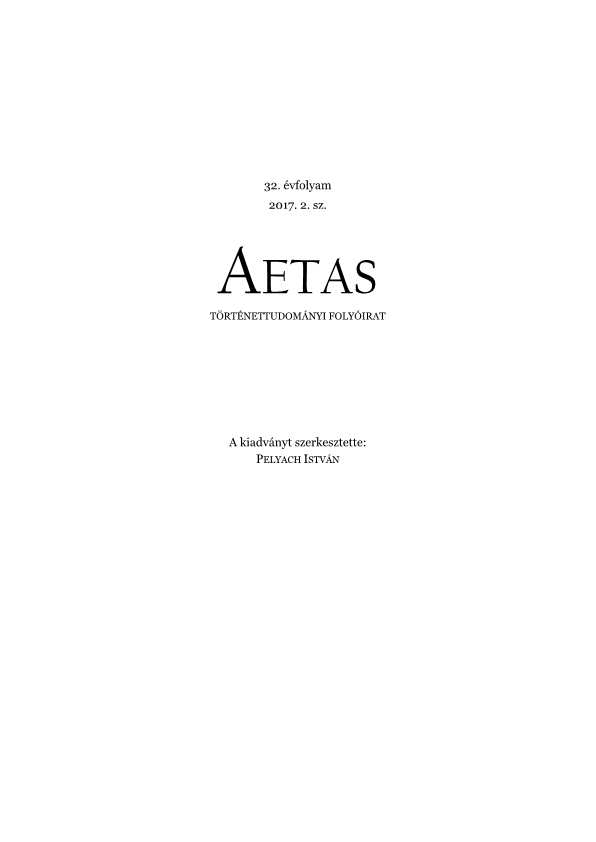Birodalmi úttérkép és nemzeti függetlenség (Egy országos sérelem 1835-ből)
Imperial Road Map and National Independence – A National Grievance from 1835
Author(s): Adrienn KapitánySubject(s): 19th Century
Published by: AETAS Könyv- és Lapkiadó Egyesület
Summary/Abstract: Our paper describes a less known episode of the National Assembly of 1832–1836: it examines how it became a national grievance that in the summer of 1835 the Governor’s Council sent a map, made in Vienna and depicting the road network of the Habsburg Monarchy, to the counties. The estates disapproved of the fact that the map presented Hungary as one of the Monarchy’s territories, and they thought that both the memorandum of the Governor’s Council and the map’s drawing and its labeling were insulting to the country’s independence. As a result, the National Assembly demanded that the map be recalled and destroyed. The case is interesting because the representation of the empire as shown on the map cannot explain the indignation in itself because, on the basis of our investigation, it did not contain anything unusual compared to other maps of the Habsburg Monarchy published in Vienna at the time. The fact that it was the Governor’s Council to send the map to the counties undoubtedly played a part in the indignation, but the real reasons are rather to be found in the political climate of the time. At the time of the publication of the map, a debate was ongoing about the proper title of the newly elected emperor, Ferdinand, which was essentially about Hungary’s constitutional status and the recognition of the country’s independence. Moreover, previously the government took several measures which were against the law (the dissolution of the Transylvanian diet, taking legal action against Miklós Wesselényi and other cases), so the opposition could attempt to add any such steps on the part of the government, no matter how insignificant they may have seemed, to its “grievance discourse”. At the same time, the case illustrates that the estates realized how important cartographic representations could be in political processes, thus it can provide additions to a better understanding of the map usage habits in the Reform Era.
Journal: AETAS - Történettudományi folyóirat
- Issue Year: 2017
- Issue No: 2
- Page Range: 55-75
- Page Count: 21
- Language: Hungarian

